
Breathing and Gasping
Joy H. Calico confronts the musical and – in our pandemic times – the emotional implications of breathing and gasping in recent compositions, focusing on Chaya Czernowin.
There is no historical or geographical limit on what can be covered. There is no restriction on the style or genre of song or singing.
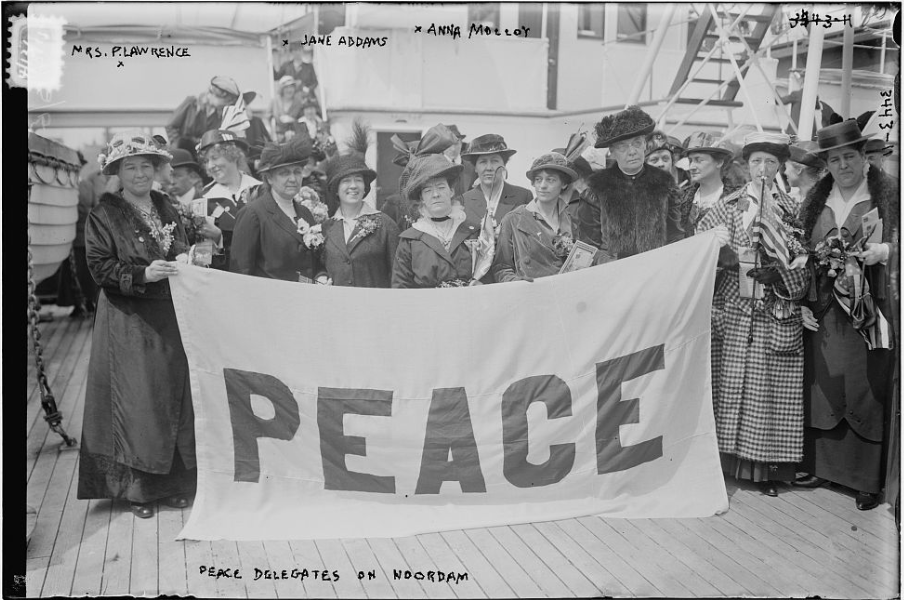
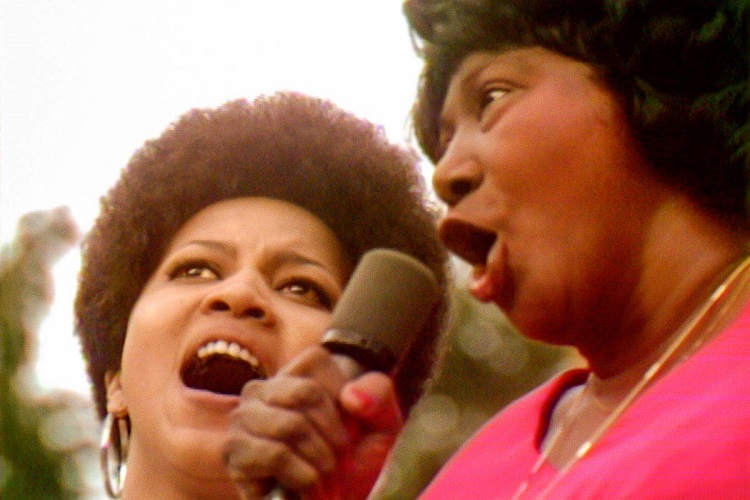

Joy H. Calico confronts the musical and – in our pandemic times – the emotional implications of breathing and gasping in recent compositions, focusing on Chaya Czernowin.
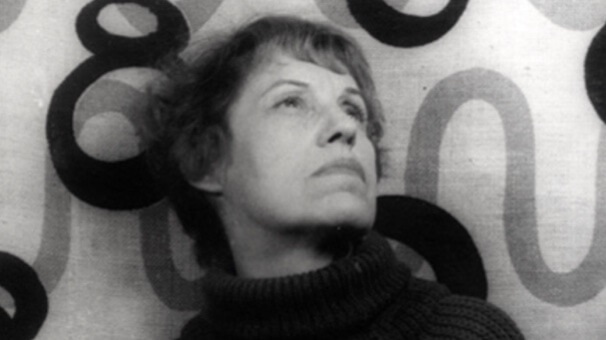
Lenya’s voice, said to have combined “delicate sweetness and disdainful impassiveness,” evolved over 40 years. Stephen Hinton tracks this evolution through recordings she made of “Surabaya-Johnny.”
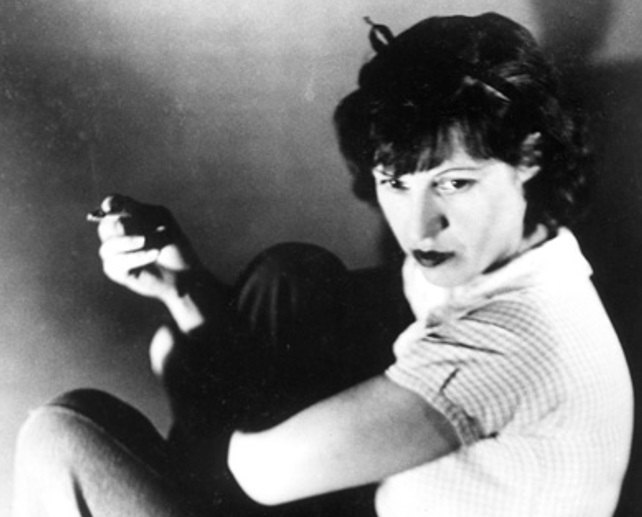
Stephen Hinton discusses the creative legacy of Lotte Lenya and Kurt Weill, who were partners in life and in art. A significant portion of that legacy is preserved in Lenya’s iconic recordings.
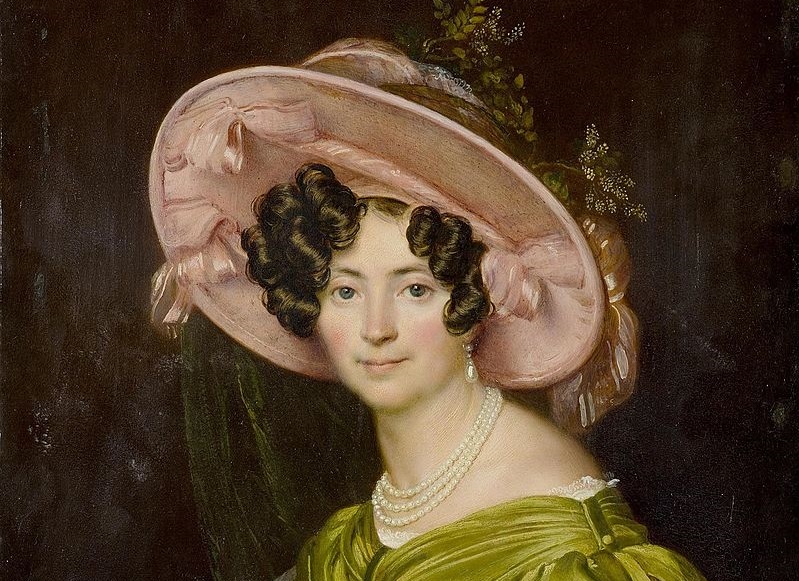
Philip Ross Bullock tackles our “collective ignorance” about women composers in Russia between 1860 and 1960, identifying several who succeeded as models of service and selflessness.
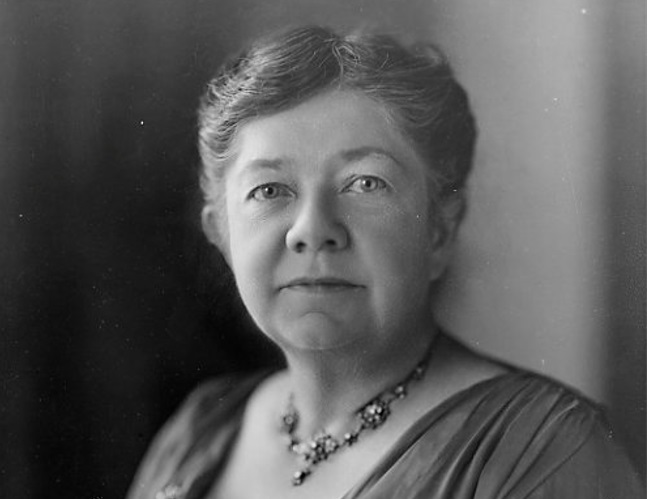
Judy Tsou discovered Amy Beach’s unpublished song “Birth.” In this post she discusses its provenance and analyzes the music and text of the song.
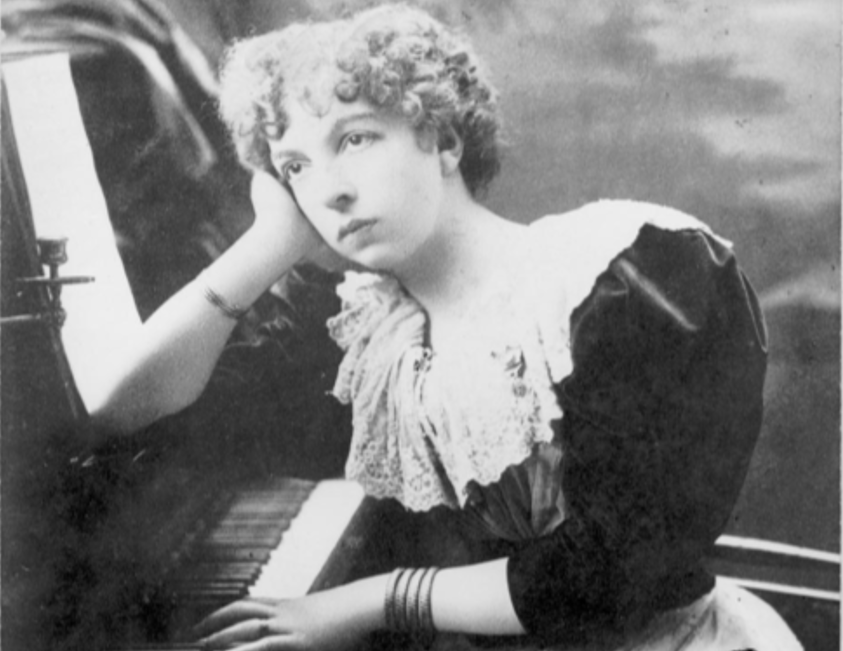
Michele Aichele discusses how, nearly 25 years after it was published, Chaminade’s ‘L’Anneau d’argent’ (‘The Silver Ring’) inspired a novel, Frank Adams’s ‘Molly and I.’
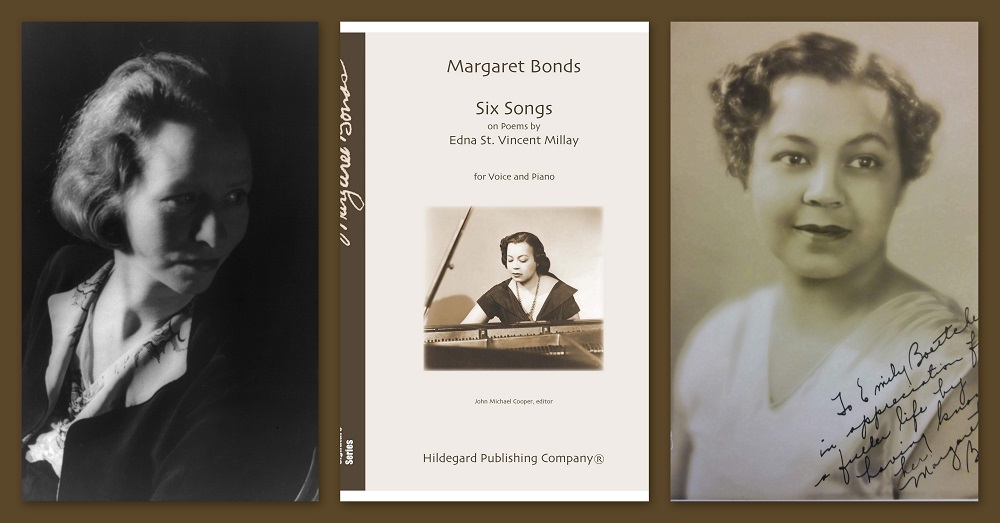
John Michael Cooper returns to Margaret Bonds and Edna St. Vincent Millay to discuss a song cycle about the rebirth of female identity.
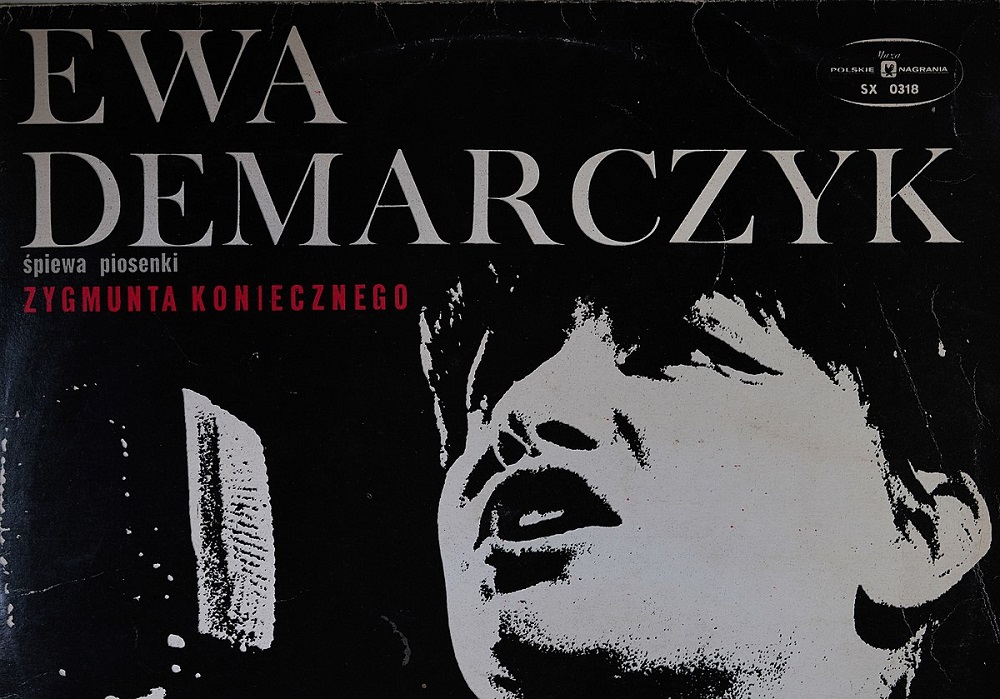
Eva Stachniak memorializes Ewa Demarczyk, a legend of her time. No one sang like her. Not in Poland, not in the world.
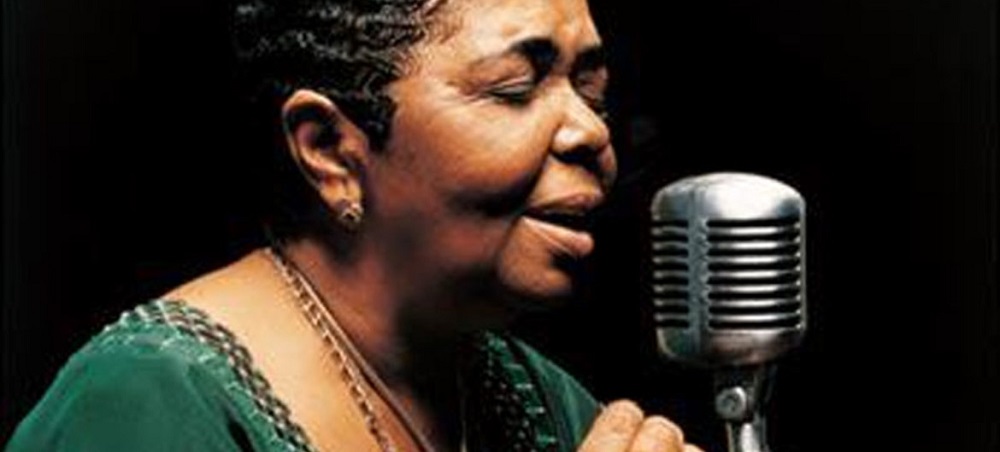
Katherine Vaz extols the slow steady pulled-from-the-deep sounds of Amália Rodrigues, Césaria Évora and other fado singers.

John Michael Cooper celebrates the publication of Margaret Bonds’s settings of poems by Edna St. Vincent Millay